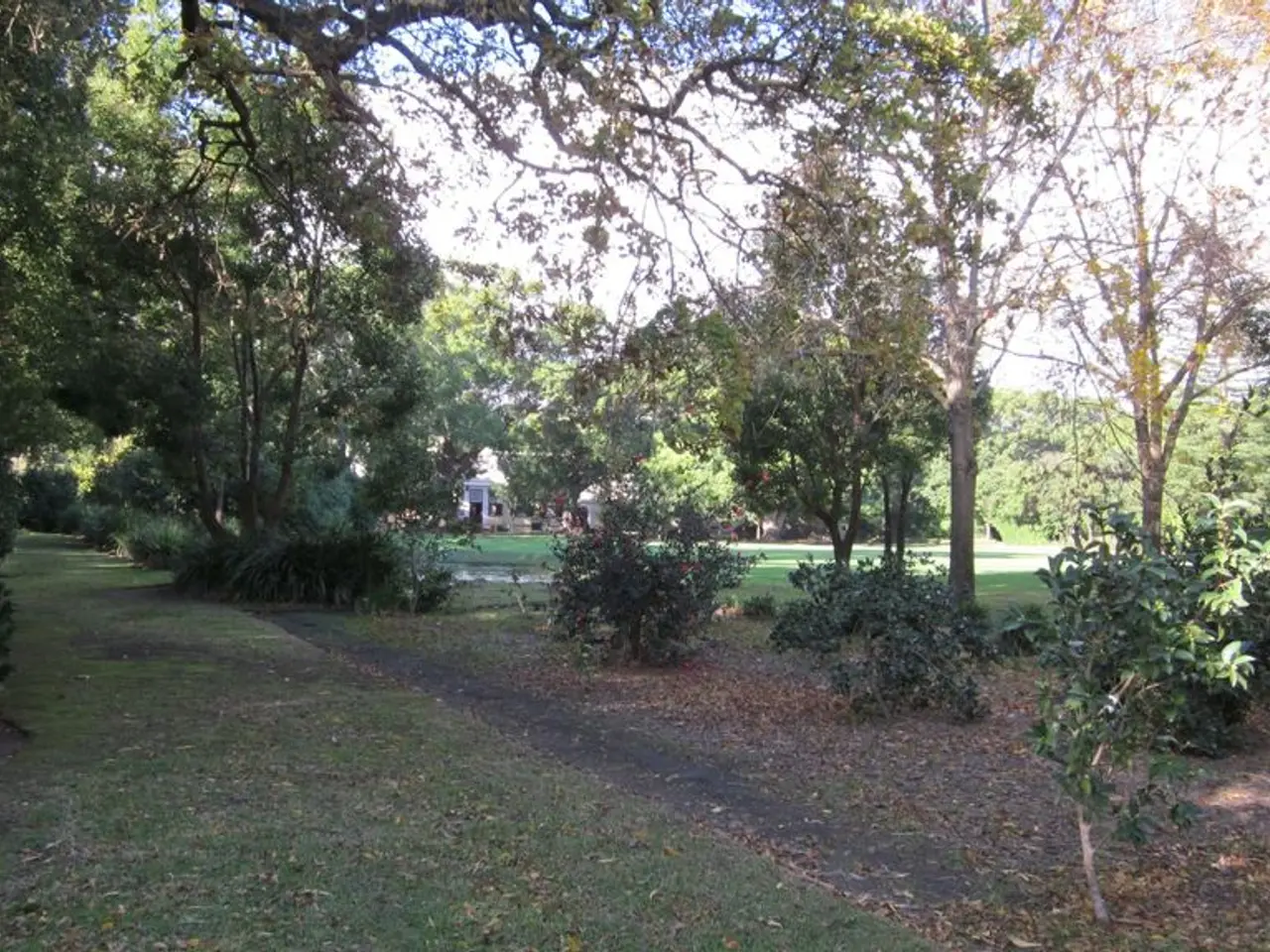Meta's AI-Powered Forest Mapping System Elevates Carbon Accounting
Meta has developed an AI model that significantly improves forest carbon monitoring and verification. This innovative tool provides high-resolution, global, and dynamic measurements of forest canopy height, a key indicator of forest biomass and carbon storage.
The model supports methods from carbon credit standards, such as Verra VM0045, Verra VM0047, and the American Carbon Registry IFM. It aids project developers by identifying suitable forest parcels, delineating project boundaries with greater accuracy, and dynamically updating baselines based on real forest growth or loss over time. This enhances the credibility of carbon accounting and enables more precise monitoring of forest changes.
One of the advantages of Meta’s AI model is its open-source nature, offering global coverage with very fine spatial detail (0.5–1 meter resolution imagery), a rarity in other remote sensing products. The model also shows improved accuracy in challenging contexts like fragmented forests, river corridors, and selective logging areas, where traditional satellite data often underperform.
However, the model currently uses data from 2009–2020, which may not fully represent the most recent forest conditions. Accuracy varies by forest type, and local validation with field or lidar data remains important. High computational requirements and technical expertise needed may also limit rapid or widespread adoption.
Despite these challenges, Meta’s AI canopy height map represents a significant advancement in forest carbon project methods. It enables more detailed, dynamic, and standardized monitoring and verification of forest carbon stocks and changes—key for robust carbon credit generation and climate action.
Emerging new uses for the technology include supporting regulatory compliance through integration with transparent blockchain and decentralized autonomous organization (DAO) frameworks, providing continuous remote monitoring for improved verification and cost reduction, and facilitating micro-credit trading to include smallholders and local projects in global forest carbon finance.
For a more comprehensive understanding of Meta's AI canopy height map, it's essential to appreciate its underlying technology. The model merges high-resolution satellite images with lidar data, mapping tree canopy heights globally with great detail. Lidar, which uses lasers to map the exact height and shape of trees in 3D, is expensive and covers less area. By combining these technologies, Meta's AI model offers a cost-effective solution for detailed forest monitoring.
In conclusion, Meta's AI-powered canopy height map is a game-changer in the field of forest carbon monitoring. Its success, however, depends on addressing challenges of data currency, validation, standardization, and accessibility. With clearer standards, better reporting on uncertainty, and clearer rules for issuing carbon credits, this technology could revolutionise the forest carbon sector and contribute significantly to global efforts against climate change.
[1]: Source 1 [2]: Source 2 [3]: Source 3 [4]: Source 4 [5]: Source 5
- Meta's AI model, which enhances forest carbon monitoring and verification, supports methods from carbon credit standards such as Verra VM0045, Verra VM0047, and the American Carbon Registry IFM.
- The AI canopy height map developed by Meta leverages advanced technology, including artificial intelligence and a combination of high-resolution satellite images and lidar data, to map tree canopy heights globally with great detail.
- In the environmental science industry, climate tech, particularly Meta's AI model, plays a crucial role in monitoring and verifying forest carbon stocks and changes, thereby facilitating robust carbon credit generation and climate action.
- The model also demonstrates improved accuracy in challenging contexts like fragmented forests, river corridors, and selective logging areas, where traditional satellite data often underperforms—a significant advantage in biomass and carbon storage analyses related to climate change.




